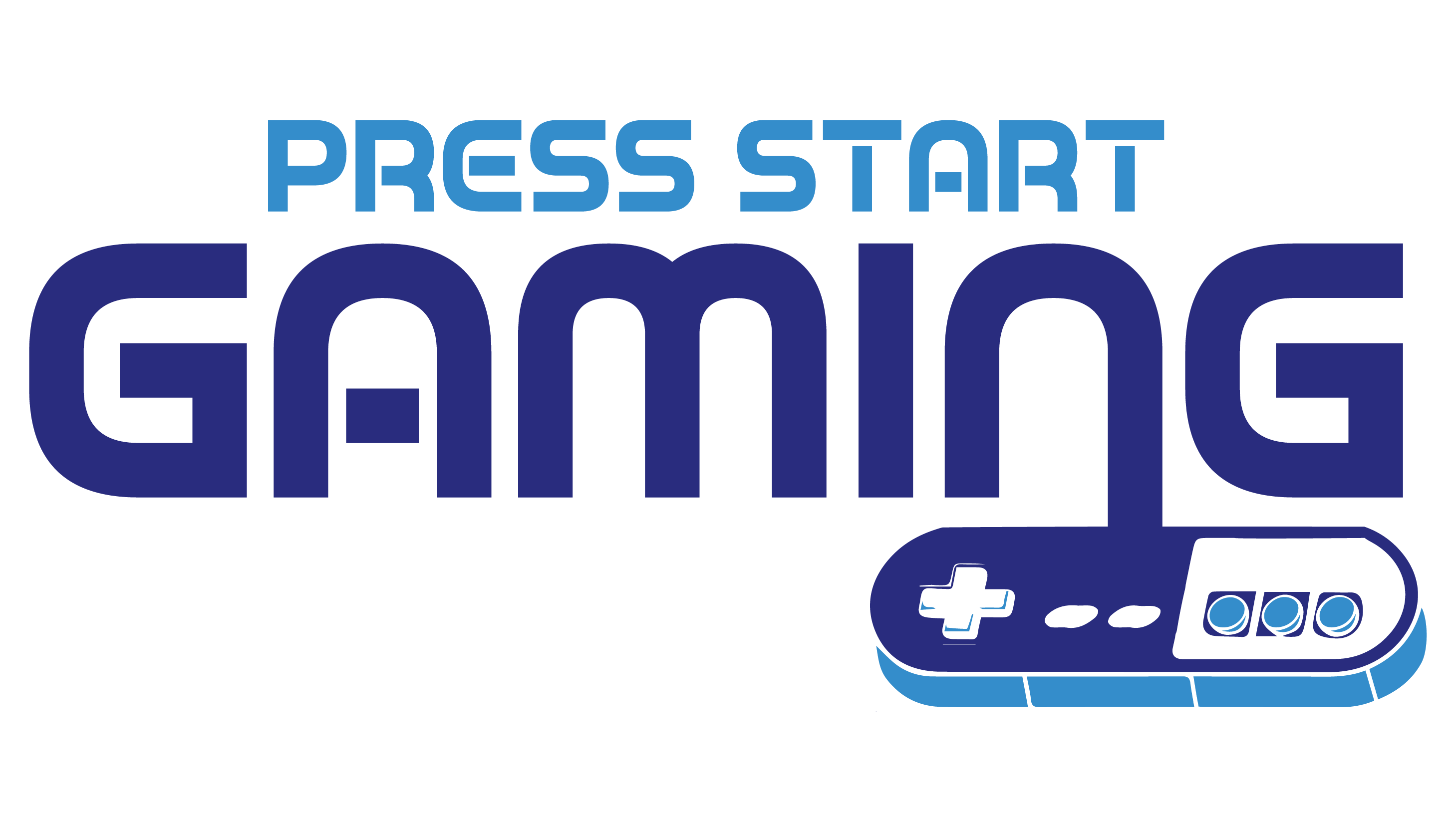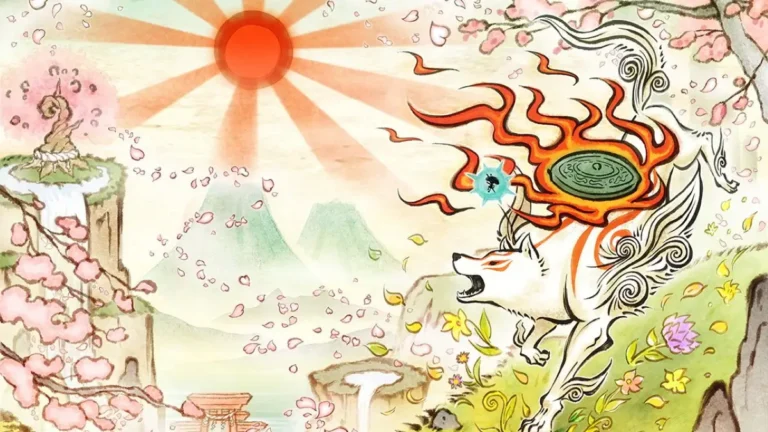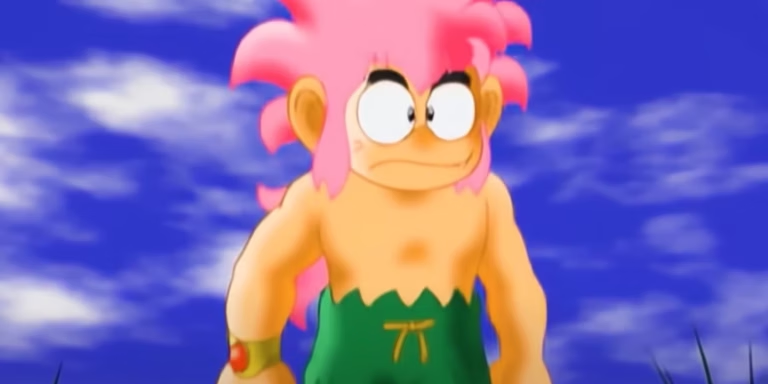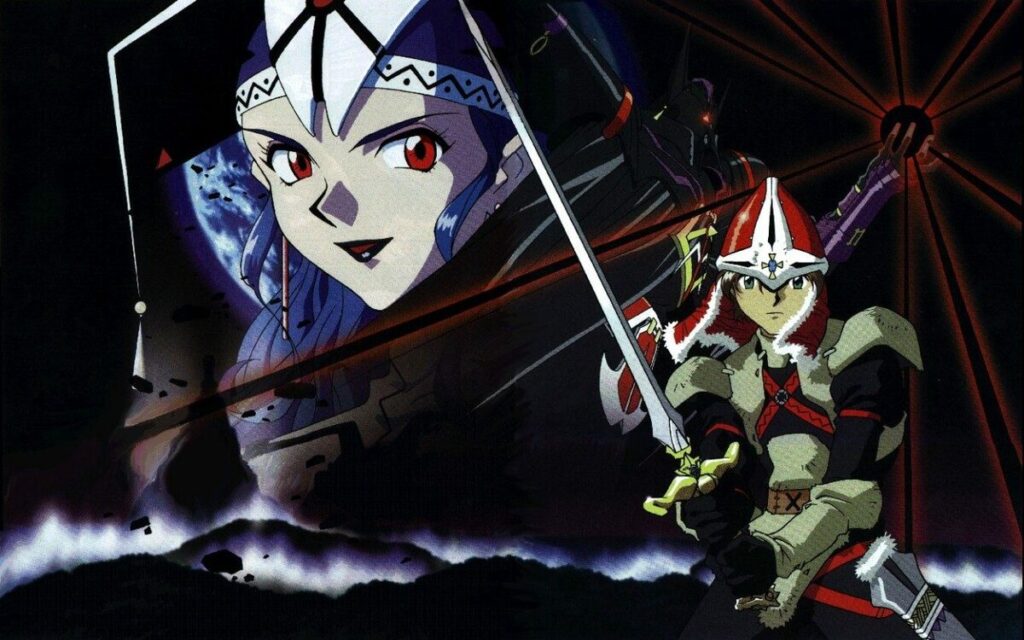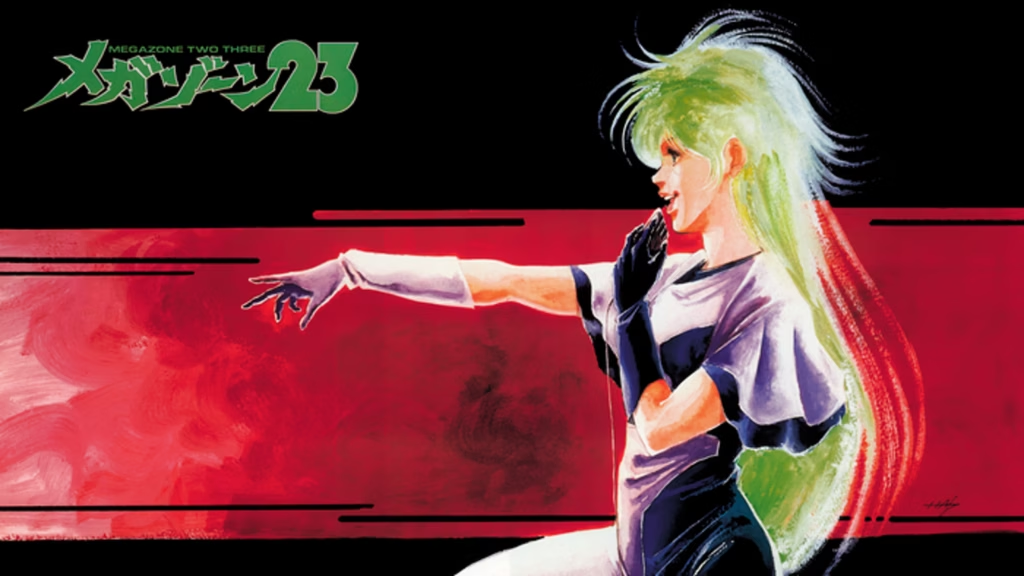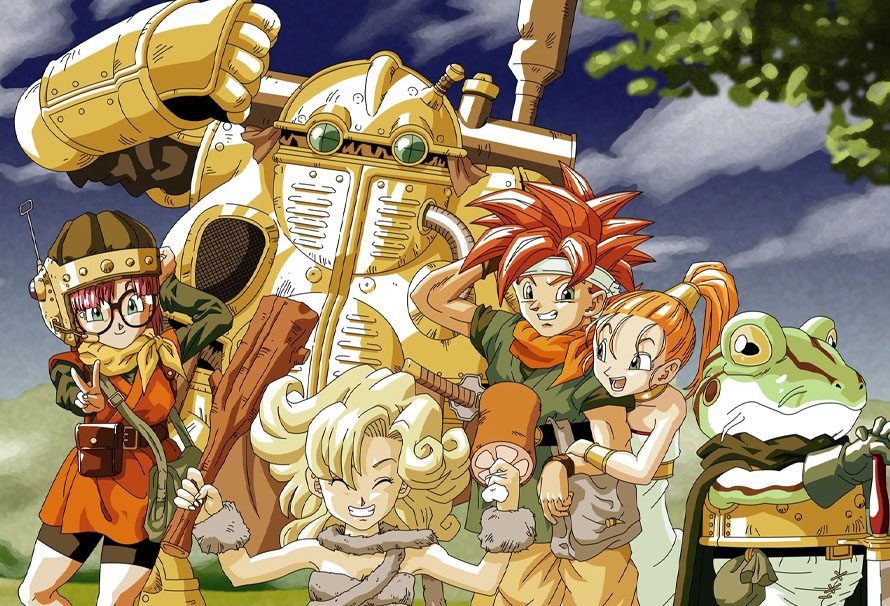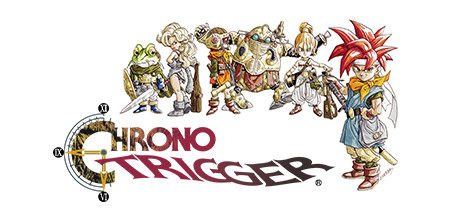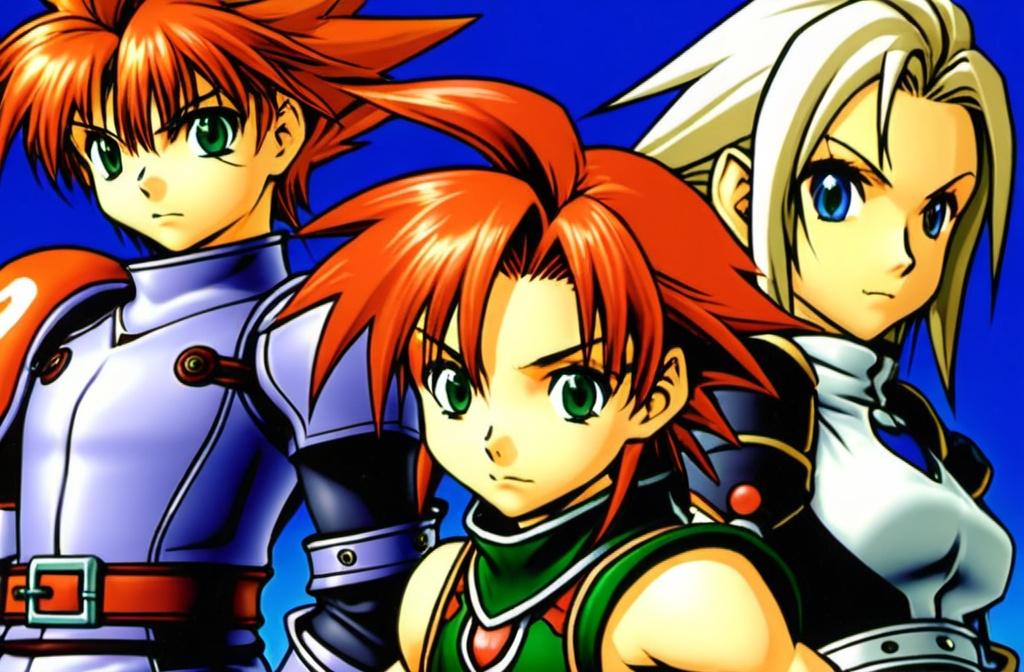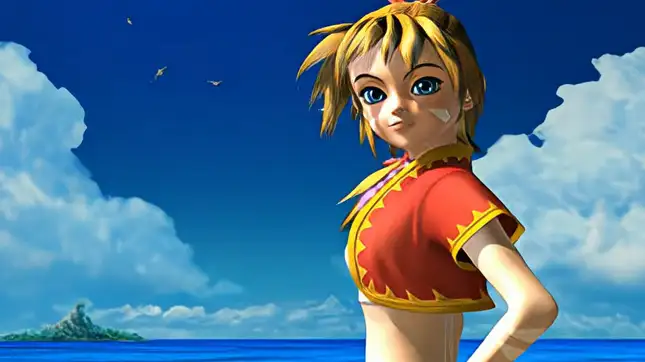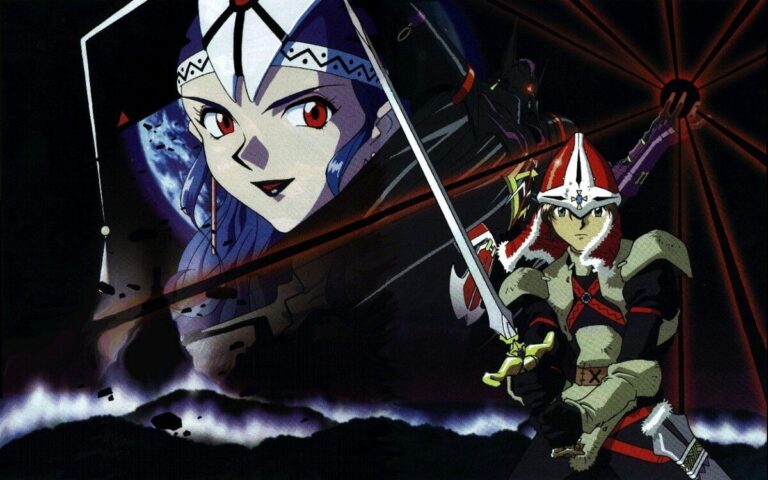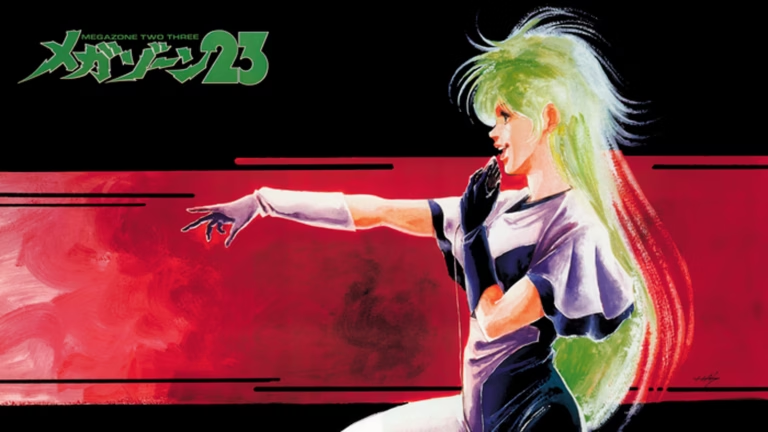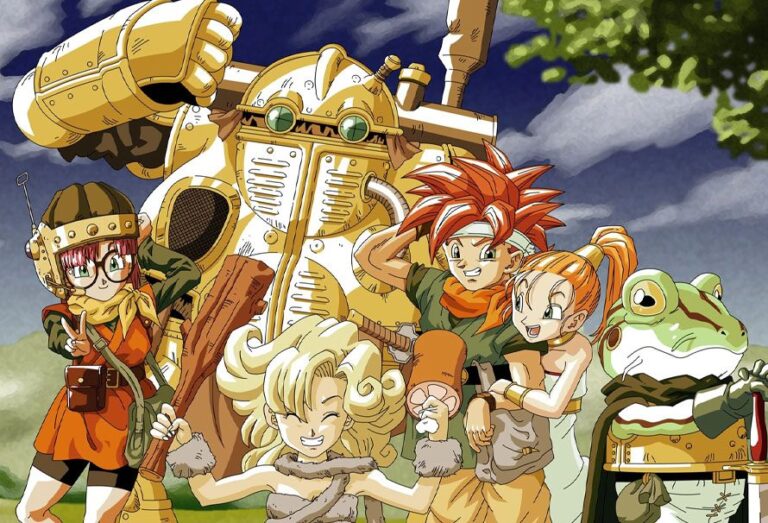Game data not found.
Primal Rage is a unique and captivating fighting game that emerged in the mid-1990s, capturing the imaginations of gamers with its prehistoric and mythological themes. Developed and published by Atari Games in 1994, this arcade classic offers a distinctive twist on the traditional fighting game formula by replacing typical human combatants with colossal beasts. Harnessing the raw power of dinosaurs and giant apes, Primal Rage delivers an engaging experience that stands out in the fighting game genre. In this article, we’ll explore the game’s story, gameplay mechanics, graphics and sound, and its enduring legacy and reception.
Story
Primal Rage is set in a post-apocalyptic world where a cataclysmic event, known as the “Collision,” has devastated Earth, transforming it into a primitive landscape known as “Urth.” The event has awakened ancient deities who now manifest as giant beasts, each representing a different form of primal rage. These gods of Urth are divided into forces of good and evil, battling for domination over the planet. The game’s narrative is not particularly deep, but it provides a fascinating backdrop for the action-packed battles.
The seven playable characters, each representing a deity, are:
- Blizzard: A Yeti-like creature symbolizing goodness and virtue, hailing from the icy regions.
- Armadon: A triceratops-like beast embodying the Earth, striving to protect nature.
- Sauron: A tyrannosaurus rex that represents hunger and the primal urge to consume.
- Chaos: An ape who embodies decay and filth, known for his grotesque attacks.
- Diablo: A velociraptor standing for destruction and chaos, seeking to spread havoc.
- Talon: A raptor symbolizing survival and the tenacity of life.
- Vertigo: A cobra-like creature associated with insanity and dreams, aiming to control minds.
These deities engage in fierce battles to establish dominance, with the fate of Urth hanging in the balance. The game’s story, while simple, sets the stage for the primal confrontations that define Primal Rage.
Gameplay
Primal Rage’s gameplay is a blend of traditional fighting game mechanics and innovative features that distinguish it from its contemporaries. Players select one of the seven beastly gods and engage in one-on-one combat against other deities. The goal is to deplete the opponent’s health bar using a combination of punches, kicks, and special moves unique to each character.
Combat System
The game employs a standard best-of-three-round format commonly used in fighting games. It incorporates a control scheme that utilizes four attack buttons, which are divided into two high and two low attacks. Special moves are executed by specific joystick and button combinations, akin to other popular fighting games like Street Fighter.
Special Moves and Fatalities
Each character possesses a set of unique special moves that reflect their primal nature. For example, Diablo can unleash fiery breath attacks, while Blizzard can summon icy blasts. These special moves are crucial for gaining an advantage in battle.
Primal Rage also introduces the concept of “fatalities,” a finishing move that allows players to defeat their opponent in a dramatic and often gruesome fashion. Successfully executing a fatality requires precise timing and input, adding a layer of strategy and skill to the gameplay.
Worshipers and Environment
A unique feature of Primal Rage is the presence of tiny human worshipers who populate the battlefield. These worshipers can be stomped on or eaten during combat, adding an additional layer of chaos and fun to the fights. The game’s environments are richly detailed, ranging from volcanic landscapes to lush jungles, enhancing the primal atmosphere.
Graphics and Sound
Primal Rage was noteworthy for its impressive graphics and sound design, which were cutting-edge at the time of its release.
Visuals
The game utilizes digitized stop-motion animation for its characters, giving the beasts a lifelike quality that was revolutionary in the mid-90s. The animation process involved creating detailed clay models of each character and capturing their movements frame by frame. This technique resulted in fluid and realistic animations that brought the creatures to life on screen.
The backgrounds are richly detailed, with dynamic elements that react to the combat, such as erupting volcanoes or swaying trees. The vibrant color palette and meticulous attention to detail contribute to the game’s immersive prehistoric world.
Sound
The sound design in Primal Rage complements its visual presentation with a robust audio experience. The game features a powerful soundtrack that emphasizes the epic nature of the battles, with tribal drums and intense orchestral pieces. Each beast has distinct sound effects, from the roar of a dinosaur to the guttural growls of an ape, enhancing their primal presence. The audio cues for special moves and fatalities are distinct and memorable, providing feedback that is both satisfying and immersive.
Legacy and Reception
Primal Rage was well-received upon its release, praised for its innovative character design and unique approach to the fighting game genre. It quickly became a popular title in arcades, drawing attention with its striking visuals and engaging gameplay.
Critical Reception
Critics lauded Primal Rage for its originality and the quality of its graphics and sound. The game was noted for its high level of polish and the creativity of its character roster. However, it also faced some criticism for its control scheme, which some players found less intuitive compared to other fighting games of the era.
Commercial Success and Ports
The game’s popularity in arcades led to multiple home console ports, including versions for the Sega Genesis, Super Nintendo, PlayStation, and Atari Jaguar, among others. While these ports were generally well-received, they often faced limitations in replicating the arcade experience due to hardware constraints. Nonetheless, Primal Rage maintained a dedicated fan base and continued to be a beloved title among fighting game enthusiasts.
Legacy
Primal Rage’s legacy lies in its bold and creative departure from traditional fighting games. Its influence can be seen in later games that incorporate non-human characters and fantastical settings. Despite not spawning a long-running franchise, Primal Rage remains a cult classic, appreciated for its ambition and the unique niche it carved in the gaming landscape.
Conclusion
Primal Rage stands as a testament to the creativity and innovation of the 1990s arcade era. By blending a unique narrative with groundbreaking visuals and sound, it offered an experience that was both novel and engaging. While it may not have achieved the enduring fame of other fighting games from its time, its impact on the genre is undeniable. Primal Rage is remembered fondly by those who experienced its primal battles and continues to be celebrated for its audacious concept and execution. Its legacy endures, reminding us of a time when video games dared to venture into new and uncharted territories.
